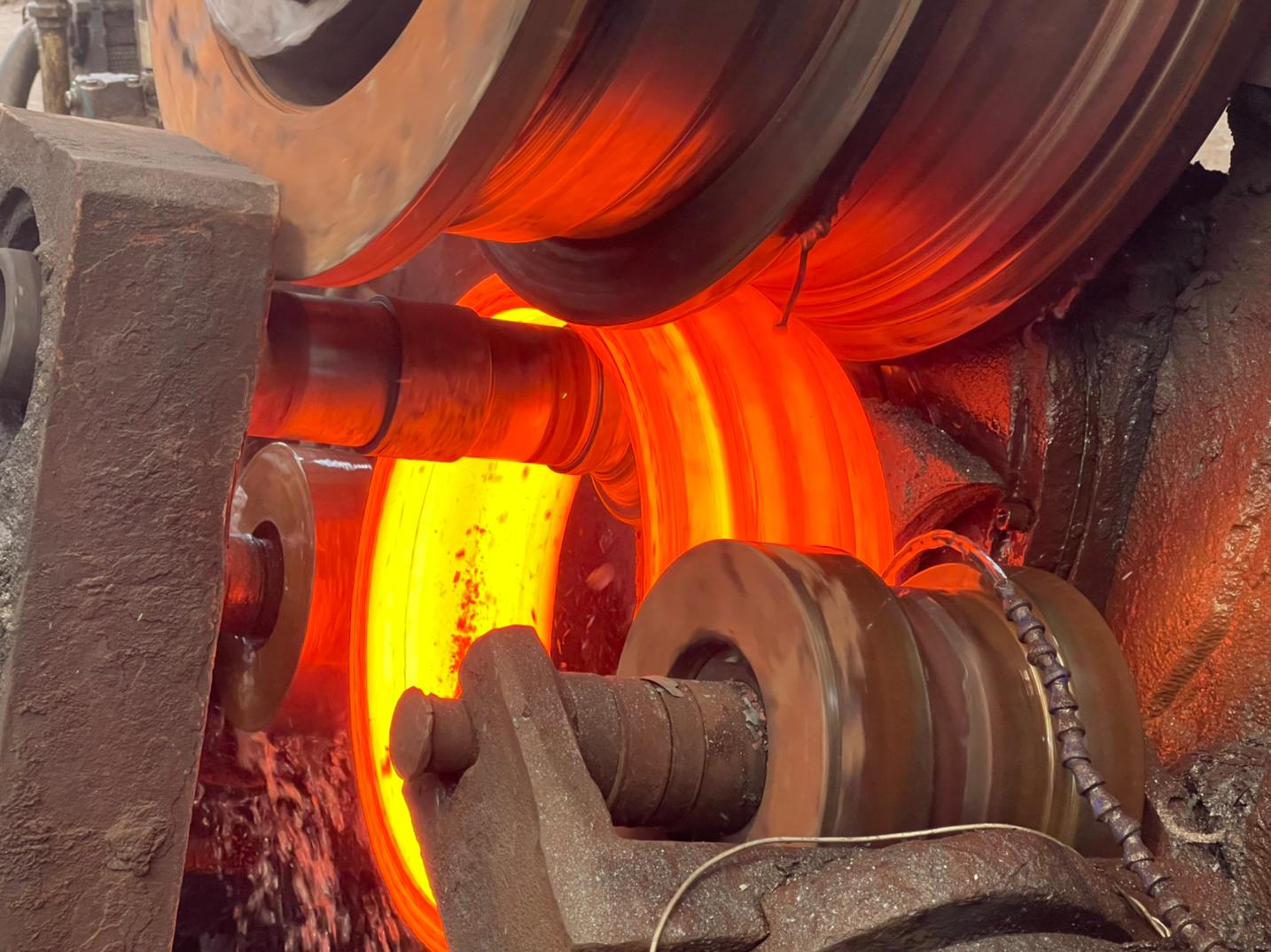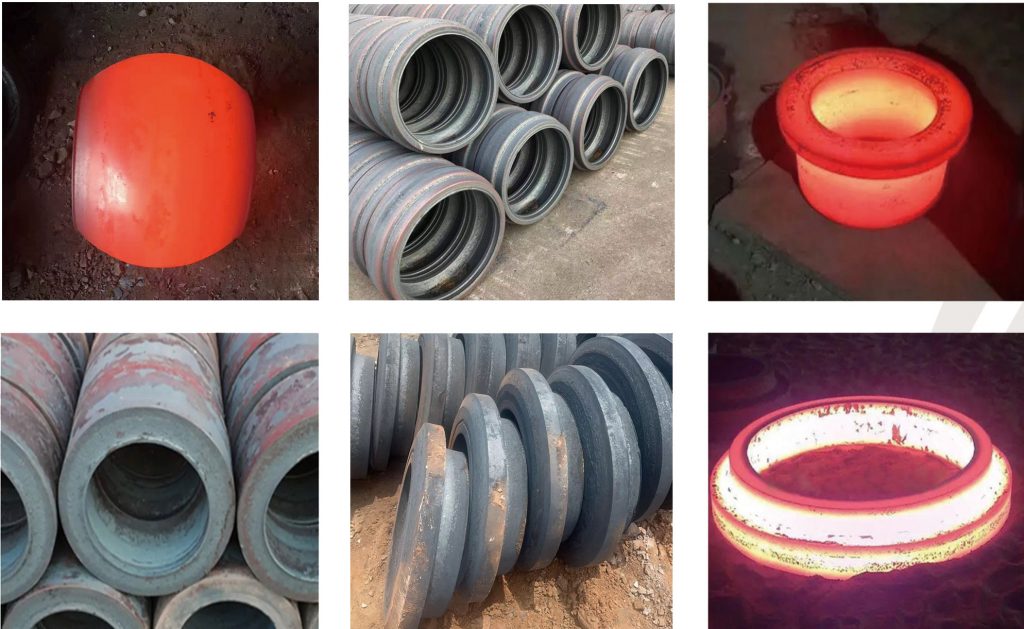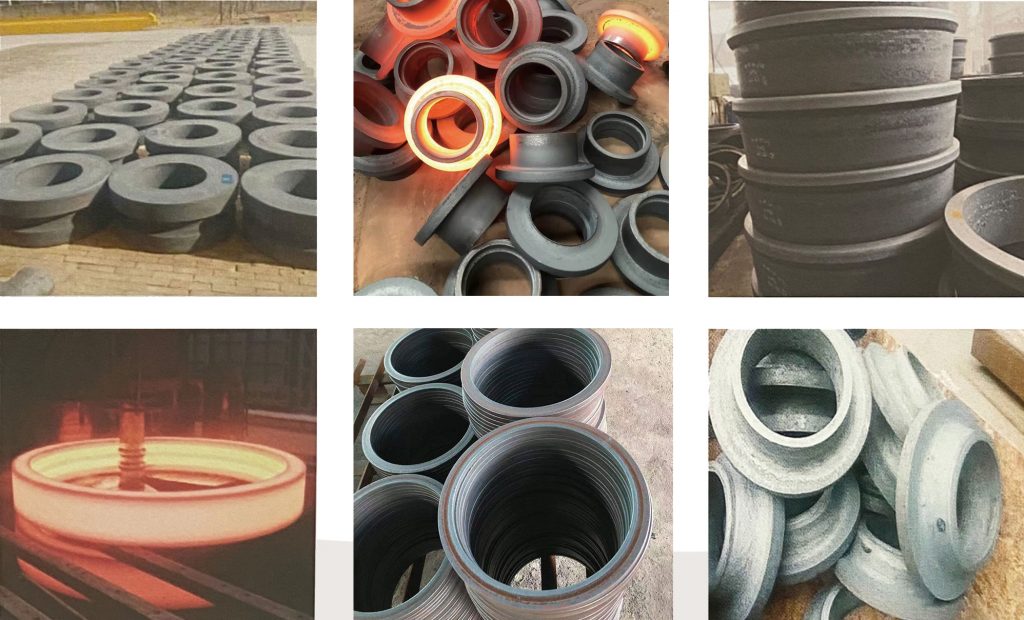Ring Rolling Machine: Revolutionizing Bearing Manufacturing Precision
Introduction: The Engineering Marvel of Ring Rolling Machines
In the intricate landscape of industrial manufacturing, ring rolling machines stand as technological sentinels, bridging the gap between raw material and precision-engineered components. These sophisticated machines represent a quantum leap in metal forming technology, specifically designed to transform rings with unprecedented accuracy and efficiency.
Ring rolling is not merely a manufacturing process—it's an art form of mechanical engineering, where metallurgical science meets cutting-edge technological innovation. By applying controlled mechanical forces, these machines can create rings with exceptional dimensional stability, structural integrity, and performance characteristics.
Understanding Ring Rolling Machine Technology
Core Technological Principles
Ring rolling machines operate on a fundamental yet ingenious principle of metal deformation:
- Continuous radial compression
- Simultaneous rotational movement
- Progressive diameter and wall thickness modification
- Precision-controlled forming parameters
These machines can transform various metal materials into rings with tolerances as tight as ±0.1mm, making them critical in industries requiring extreme precision.
Key Technological Capabilities
- Material Versatility
Modern ring rolling machines can efficiently process:- Carbon steels
- Stainless steel alloys
- Nickel-based superalloys
- Titanium compositions
- Special aerospace-grade materials
- Advanced Forming Techniques
- Continuous rolling
- Incremental ring expansion
- Multi-pass forming strategies
- Complex geometrical modifications
Performance and Economic Advantages
Technological Benefits
- Superior Dimensional Accuracy: Achieve near-perfect circularity
- Enhanced Metallurgical Properties: Improve grain structure and mechanical strength
- Reduced Material Waste: Optimize material utilization
- Rapid Production Cycles: Significantly faster than traditional forging methods
Industry Performance Metrics
Recent manufacturing studies highlight compelling advantages:
- 60% reduction in production time compared to traditional ring manufacturing
- 40% improvement in material utilization efficiency
- 25% decrease in overall manufacturing costs
- 99.5% first-pass quality rate for critical engineering applications
Implementation Strategies for Manufacturing Excellence
Best Practice Guidelines
- Technical Integration
- Invest in advanced CNC-controlled ring rolling systems
- Implement real-time monitoring technologies
- Develop specialized operator training programs
- Quality Assurance Protocols
- Integrate non-destructive testing methods
- Establish statistical process control
- Implement comprehensive traceability systems
- Technological Ecosystem
- Collaborate with equipment manufacturers
- Participate in continuous learning networks
- Stay updated on emerging metallurgical technologies
Future Technological Horizons
Emerging trends in ring rolling machine technology include:
- Artificial Intelligence-enhanced process optimization
- Advanced sensors for real-time metallurgical analysis
- Integration with digital twin technologies
- Adaptive manufacturing algorithms
- Enhanced energy efficiency systems
Conclusion: Transforming Manufacturing Paradigms
Ring rolling machines are not just equipment—they are technological catalysts driving industrial innovation. By embracing these advanced systems, manufacturers can unlock unprecedented levels of precision, efficiency, and competitive advantage.









